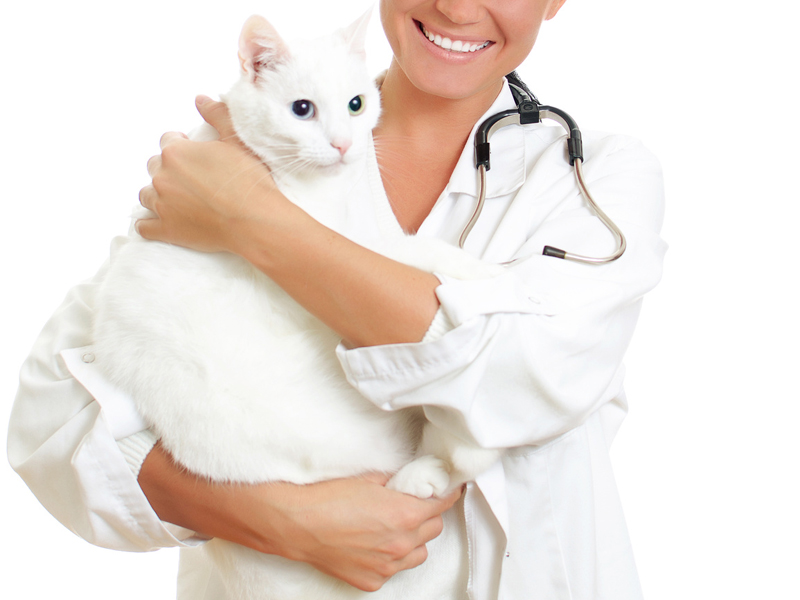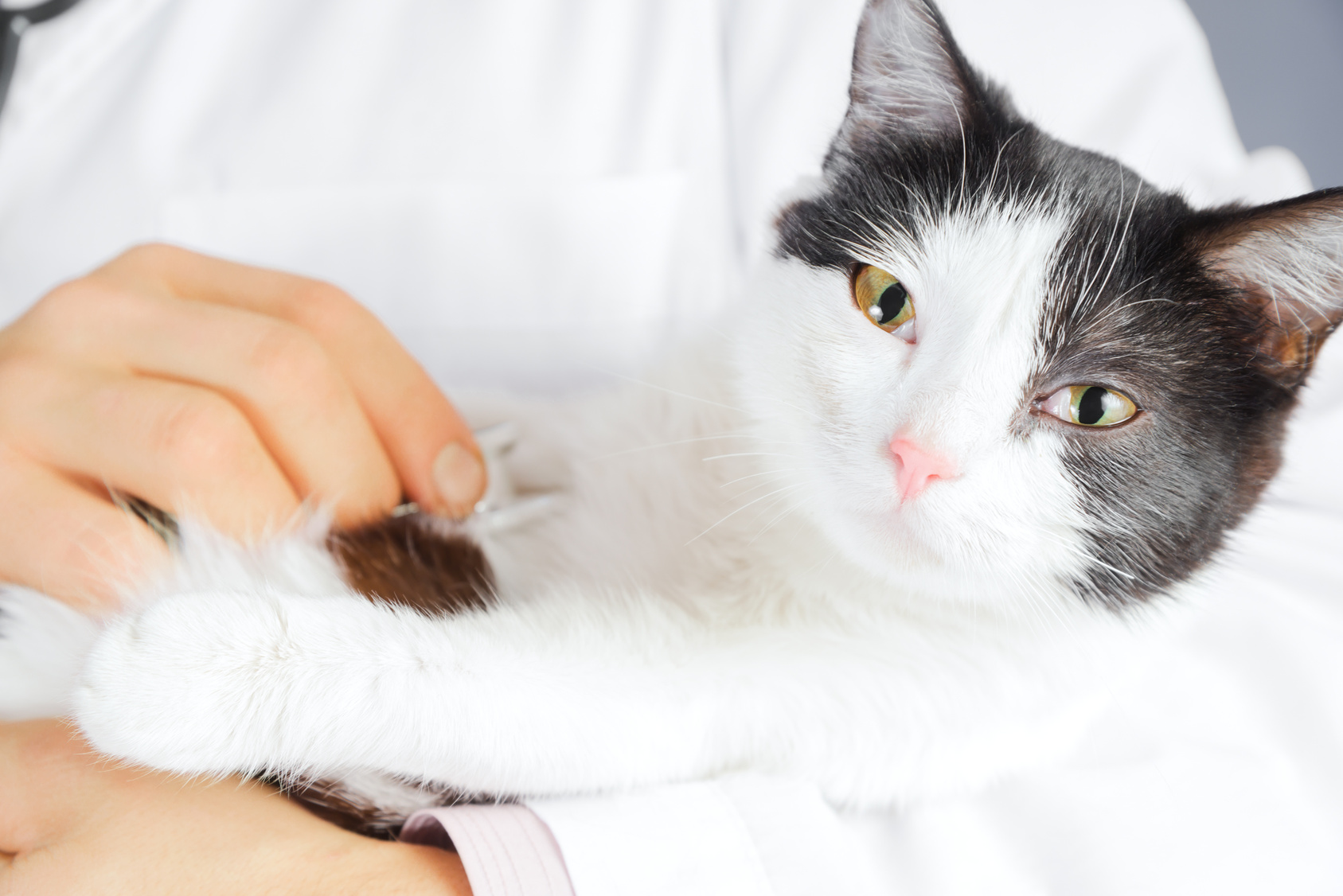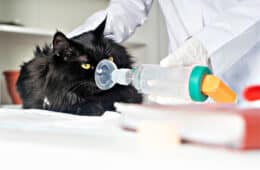Your cat gulps down dinner, and a complex dance begins inside its body. Sugars are converted, blood circulates, and insulin plays its crucial role. But what if something in this intricate ballet goes awry? You may be surprised how a simple meal can turn into a life-changing challenge for your cat. This challenge is called feline diabetes.
We're about to explore the symptoms, the damage, and the treatment of feline diabetes. It's not just about understanding your cat's health; it's about taking part in it.
Understanding Cat Digestion
How Cats Digest Food
When a cat eats food, its digestive system starts to work. The system breaks down the food. Part of it changes into glucose. This glucose enters the blood.
The Role of Glucose in Energy
Cells in the cat's body need this glucose. They use it for energy. Without glucose, cells wouldn't have the power they need to function.
Insulin's Function
Insulin is a hormone in the body. It has an essential job. It tells the cells to take the glucose. Without insulin, the glucose stays in the blood. It doesn't reach the cells.
The Importance of the Digestive Process
The process of turning food into glucose and using insulin to deliver it to the cells is vital for a cat's health. Understanding this mechanism can help in providing proper care and diet for your pet, ensuring a happy and energetic life.
In conclusion, the digestion process in cats, involving the breakdown of food into glucose and the role of insulin, is a complex but crucial function. Recognizing these aspects allows owners to better appreciate and care for their furry friends.
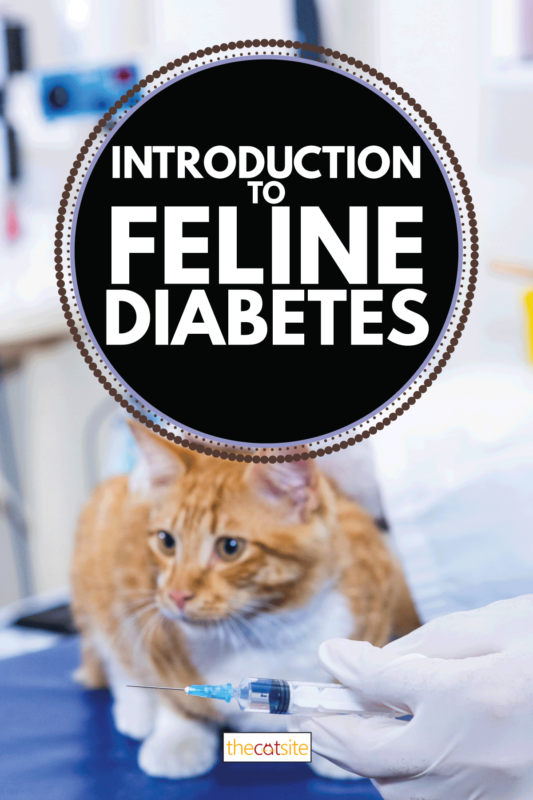
Detailing Cat Digestion
How Cats Digest Food
When a cat eats food, its digestive system starts to work. The system breaks down the food. Part of it changes into glucose. This glucose enters the blood.
The Role of Glucose in Energy
Cells in the cat's body need this glucose. They use it for energy. Without glucose, cells wouldn't have the power they need to function.
Insulin's Function
Insulin is a hormone in the body. It has an essential job. It tells the cells to take the glucose. Without insulin, the glucose stays in the blood. It doesn't reach the cells.
The Importance of the Digestive Process
The process of turning food into glucose and using insulin to deliver it to the cells is vital for a cat's health. Understanding this mechanism can help in providing proper care and diet for your pet, ensuring a happy and energetic life.
In conclusion, the digestion process in cats, involving the breakdown of food into glucose and the role of insulin, is a complex but crucial function. Recognizing these aspects allows owners to better appreciate and care for their furry friends.
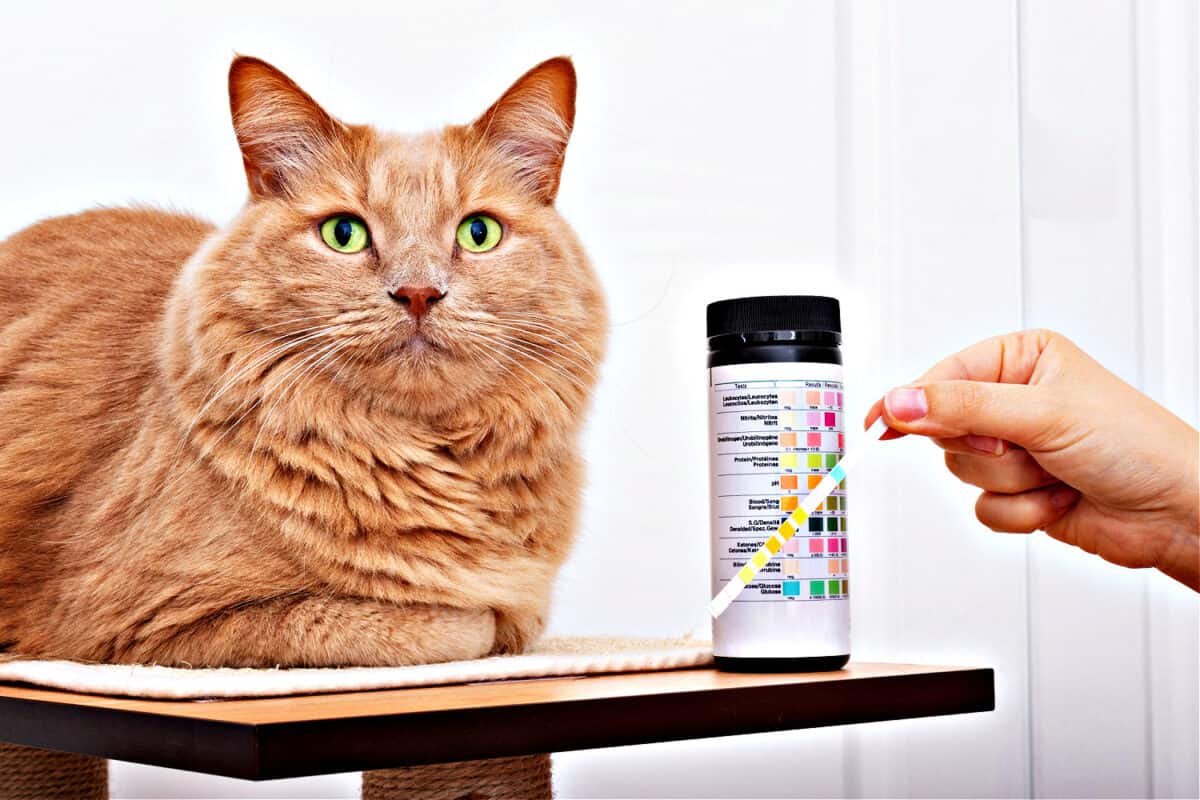
What Is Feline Diabetes?
In a normal system, the arrival of food stimulates the pancreas to dispense insulin. More food, more insulin. At its simplest, diabetes is a disorder in which insulin is not produced by the pancreas.
In some forms of diabetes, the pancreas produces and dispenses insulin, but the cells don't "hear the message" -- though the mechanism is different, the outcome is similar.
Damage Caused By Feline Diabetes
Some of the damage diabetes does to the body is due to the glucose staying in the blood, but a lot is due to the fact that for lack of glucose, the cells malfunction.
The body begins to die of starvation because cells cannot reproduce themselves when their lifespan is complete (a matter of days or weeks).
If a diabetic cat does not receive the necessary treatment, the cells of the muscles die off and cause nerve damage, causing the cat to have an irregular gait or the inability to stand, sit or lay down properly.
Then the major organs are attacked, killing the cells required for normal organ function. The organs begin to fail, one by one, usually starting with the kidneys.
It can be a matter of days or weeks before death mercifully occurs for untreated cats and can be considered slow torture.
Symptoms of Feline Diabetes
Diabetes is sometimes diagnosed as the result of a routine blood test, and the luckiest cats are treated before symptoms show up. Most are diagnosed because the owner noticed one or more of the primary signs:
- PU/PD: PU=polyuria (frequent or excessive urination) PD=polydipsia (frequent or excessive drinking)
- Weight loss despite eating well
The diabetic is hungry, eats more, but loses weight anyway. Some organs will attempt to correct the problem -- the kidneys, for instance, try to clear the excess glucose from the blood and go into high gear.
They use a lot of water for this, so the diabetic feels thirsty all the time and urinates huge amounts of dilute urine with sugar in it.
Because of this extra effort, the kidneys are usually among the first organs to show damage from diabetes, although one tends to notice eye and nerve damage first due to their sensitivity.
If there is damage at the time of diagnosis, diabetes has been there for quite a while and has gotten severe.
Diabetes, although simple in concept, turns out to be extremely complex and variable in practice.
There are experts who have studied this disease in-depth, but most veterinarians rely on guidelines based on average results achieved with large numbers of animals.
It's rare for an individual animal to fit nicely into that picture, so both you and your vet have to have an understanding of diabetes and its treatment so that your pet can be treated effectively and live many more happy years.
Sadly, there are still a few who don't recommend that treatment be attempted.
SIGN UP FOR THECATSITE'S EMAIL UPDATES >
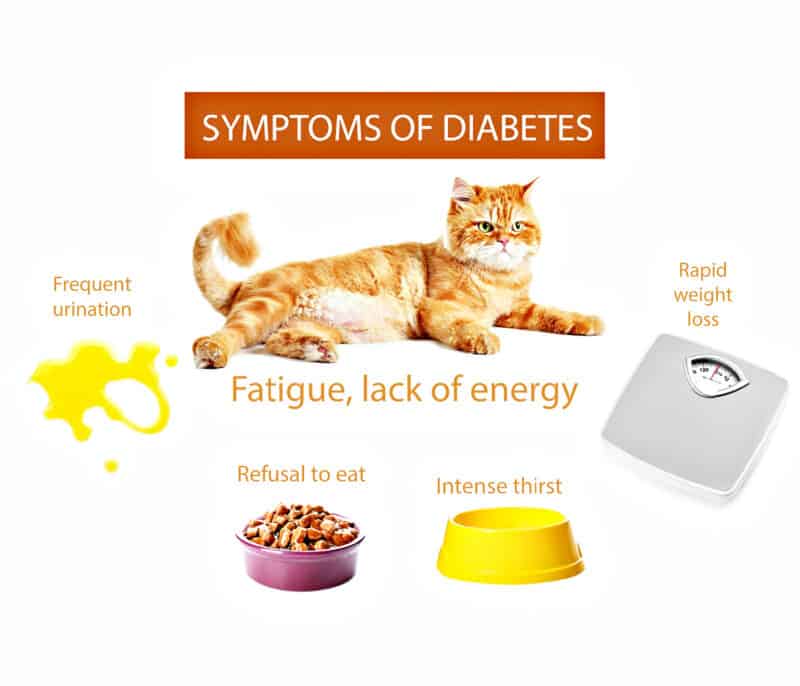
What Will Treatment Of Feline Diabetes Do To Help My Cat?
The object of treatment is controlling the blood glucose so it stays in (or near) the normal range, as it would be if the pancreas were still doing its job.
When food is given, insulin has to be available for cellular uptake. Unfortunately, injected insulin doesn't act quite like natural insulin, and it isn't practical to just shoot a little in every time the cat is going to be eating soon.
Some vets will try dietary control, insulin pills, or oral antihyperglycemics -- none of these seem to work well with cats, so most go straight to injected insulin.
There are several insulins to choose from, and each cat responds differently to each insulin.
Feeding has a huge effect on blood glucose levels, too. It's hard to predict what will work, so the early weeks of treatment are trial-and-error. A few vets will regulate the cat in their office.
Most simply choose insulin and dosage that they figure might work and send the cat home to be regulated by the owner.
Diabetes can be permanent or temporary, stable or variable, or even intermittent -- it's a "honeymoon" when diabetes disappears briefly.
Some Assistance For Diabetic Cat Owners
Diabetes is complex, and trying to understand it all in one big gulp won't work. Once you've made the decision to be a diabetic's caregiver, focus on one thing at a time -- follow your vet's advice and get the basics straight in your head.
Doubt everyone: lots of people will give you good advice (like me), but no one thing works for every diabetic, and no one technique works for every owner.
As you learn more, keep going back and reviewing the things you already know then fitting the new stuff into the "big picture." The big picture is different for everybody, and you have to create your own.
Study everything you can get your hands on, both veterinary and human. Pick up brochures at vets and pharmacies and hospital metabolic centers, take out library books, cruise the Internet.
Ask questions of everyone -- the vets, nurses, and doctors, human diabetics, and other owners of diabetic animals.
Ask the same questions of many people, because you will get widely disparate answers and have to choose for yourself what will work best for you and most importantly, for your cat.
Final Thoughts: Caring for Your Diabetic Cat
Understanding and treating feline diabetes may seem overwhelming, but with proper knowledge, care, and collaboration with your vet, it is manageable. Remember that each cat's situation is unique, and the approaches can vary.
The compassion and effort you invest in your pet can make a significant difference in their quality of life. Embrace the opportunity to learn and grow with your furry friend, and don't hesitate to seek professional guidance or community support when needed.
The journey may be complex, but the reward of a happy and healthier cat is worth every step.
SIGN UP FOR THECATSITE'S EMAIL UPDATES >
Read more:
A Feline Diabetes Story
Diabetes can affect humans as well as cats. You can find online resources and diabetes supplies at Diabetic Care Services, including test kits, for you and the humans in your family.
Comments? Leave them using the form below. Questions? Please use the cat forums for those!
Note: We may get commissions for purchases made through links on this page.

